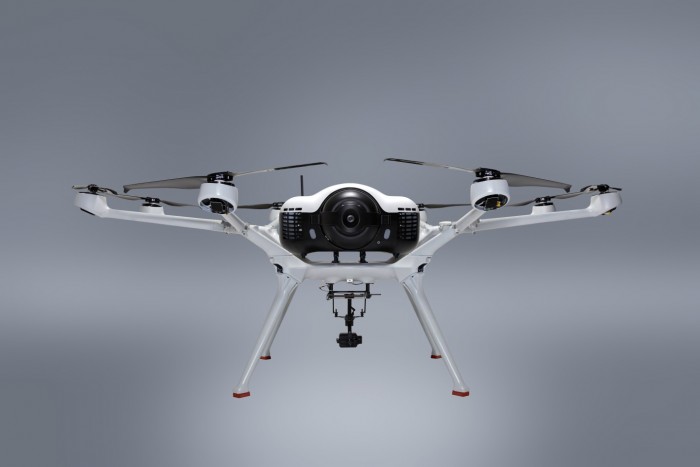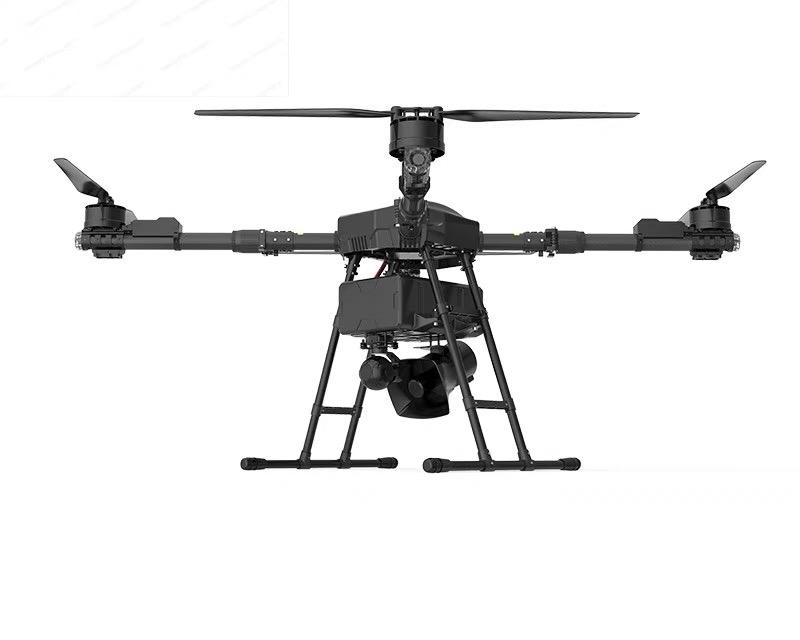In the age of technological innovation, mundane tasks like window cleaning have evolved to incorporate advanced methods such as using window washing drones. These aerial devices are set to revolutionize the cleaning industry, introducing a level of efficiency and precision that manual methods fail to match. Understanding how they work and their benefits can help businesses and homeowners leverage this technology to maintain crisp-clean windows.
Understanding Window Washing Drones
Window washing drones are equipped with specialized cleaning systems that can navigate buildings of various structures and heights. Unlike traditional cleaning methods that are limited by human reach and safety concerns, drones can access high-rise windows with ease. These drones utilize cutting-edge sensors and cameras to detect dirt and efficiently clean surfaces without leaving a trace.
Benefits of Using Drones for Window Cleaning
One of the primary advantages of using drones is the remarkable safety they offer. By eliminating the need for ladders and scaffolding, drones significantly reduce the risk of accidents associated with high elevation window cleaning tasks. Furthermore, they are cost-effective; by speeding up the cleaning process, drones help reduce labor costs for both residential and commercial properties. Time is another factor where drones excel, covering extensive areas swiftly compared to manual cleaning.
Enhanced Efficiency and Precision
The ability of drones to maneuver around tight spaces and odd angles makes them perfect for even the most challenging window structures. Their sensors allow for precision cleaning, identifying spots invisible to the naked eye, ensuring a deeper clean. Additionally, drones can operate in challenging weather conditions and times, offering cleaning solutions without disruptions.
Environmental Impact
Drones can potentially lead to more environmentally-friendly cleaning solutions. By optimizing the use of water and cleaning agents, they help conserve resources and reduce the environmental footprint traditionally associated with window washing. This is a crucial aspect for companies looking to enhance their sustainability and eco-friendly practices.
Challenges and Considerations
Despite the clear advantages, there are challenges that need to be considered. Operative regulations and technical limitations may hinder the widespread adoption of drones. Ensuring safe flight and operation in densely populated urban environments requires stringent regulatory oversight. Additionally, the high initial investment for top-quality drones may be prohibitive.
The Future of Window Cleaning
Advancements in drone technology suggest a future where window washing drones become commonplace. Integrating AI and machine learning could further automate and enhance cleaning efficiency. Innovations such as solar-powered drones could complement sustainability goals, offering a greener alternative to traditional methods.

Frequently Asked Questions
Can drones clean all types of windows?
While drones are versatile, their efficiency can be affected by window material and architecture. Glass with coatings or intricate designs may require specific cleaning adaptations.
Is the use of window washing drones legal?
Regulations vary by region. It’s essential to check local laws regarding drone operation, especially in urban areas.
How do window washing drones compare in cost to manual cleaning?
Though the initial investment is higher, in the long term, drones may offer cost savings through reduced labor and increased cleaning speed.